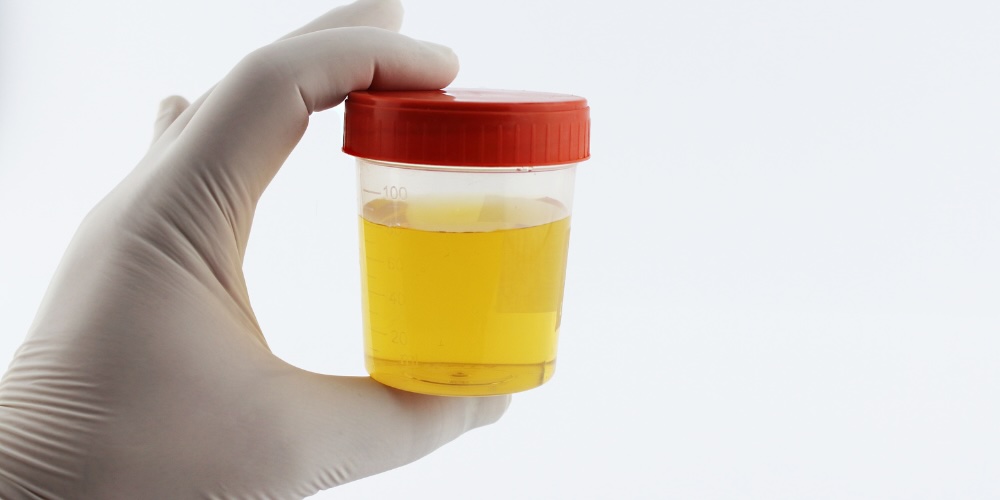Why Urine Is Yellow: A 150-Year-Old Mystery Solved

Scientists have some whiz-dom to share with those who have wondered what gives urine its distinct colour.
For over 150 years, it has been a mystery why urine from the human body comes out as yellow.
But a new study published Wednesday in the journal Nature Microbiology has cracked the yellow code.
Researchers from the University of Maryland and the National Institute of Health say they have identified bilirubin (BilR) as the key enzyme that makes one’s liquid gold, well… gold.
Urine constitutes a blend of water, electrolytes, and waste that’s filtered out by the kidneys.
Scientists had identified urobilin as the culprit behind the yellow pigmentation in urine in 1868, but what caused the colour had baffled researchers until recently.
Remarkably, an everyday biological phenomenon went unexplained for so long…But scientists have figured it out!
It's linked to red blood cells setting off a biological process that has, until now, eluded the scientific community. "If you have ever wondered why your urine is yellow, think of the microbes in your gut.”
The process occurs when red blood cells reach the end of their life cycle at six months and degrade into the bright orange pigment bilirubin.
The discovery of what makes urine — which plays a crucial role for doctors in helping diagnose an extensive range of illnesses and disorders in the human body — the colour yellow is being hailed as a “remarkable” breakthrough that has solved a critical piece of the “puzzle” about understanding more about the human body.
Beat FOMO by being in the know!
Sign up for our newsletter today and never miss a beat.







